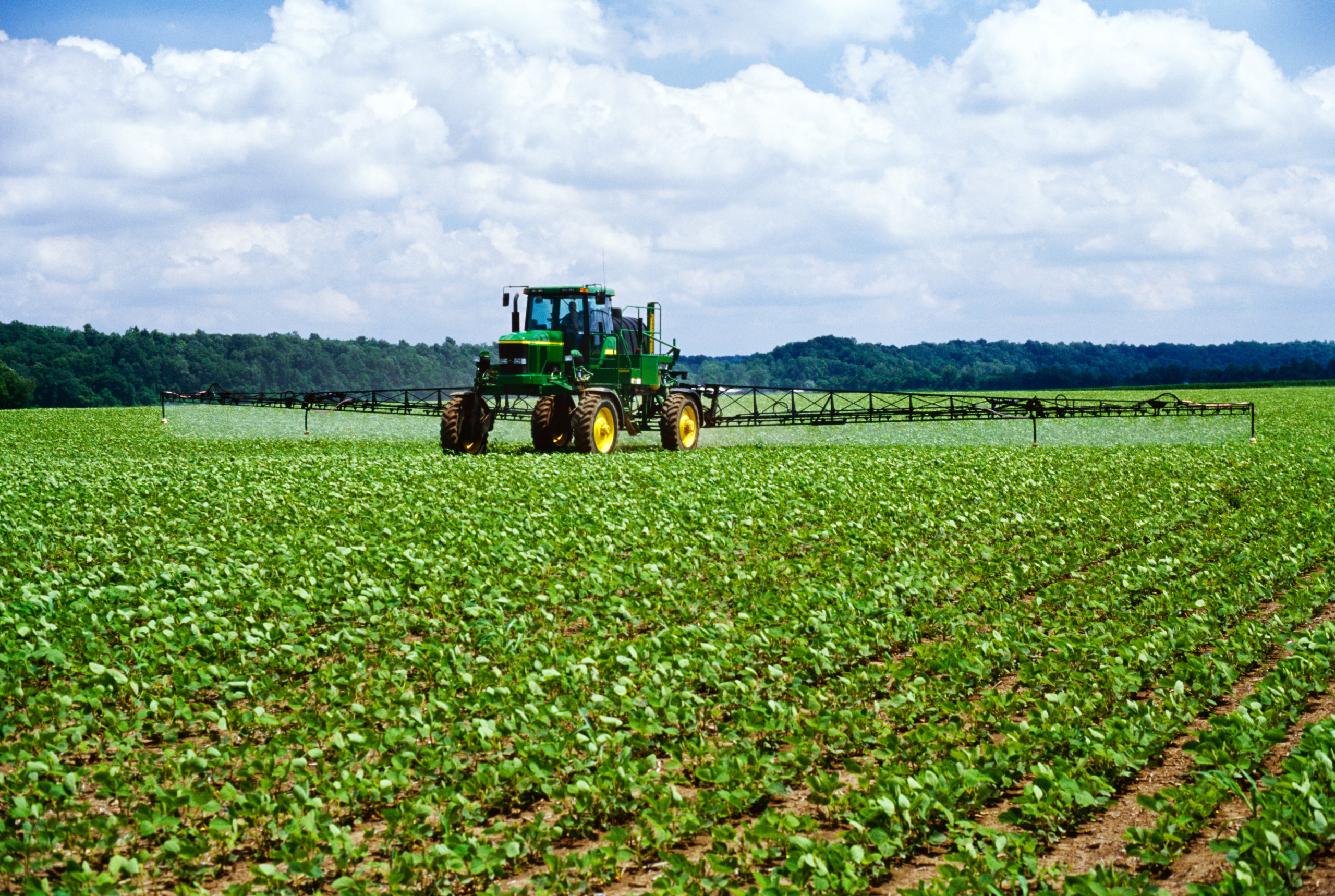Importance of Early Weed Control

By Ron Friesen
Western Canadian soybean growers face a tough battle against early weeds this spring after an unusually wet fall left fields in terrible shape.
A wet September followed by heavy snowfall over the Thanksgiving weekend prevented some crops from being harvested until this spring. Many fields are muddy, heavily rutted and torn up by combines and grain trucks. A lot of fieldwork didn’t get done until now. A narrow window for spring seeding still lies ahead.
Such are the conditions facing soybean growers as they try to smooth out rutted fields and apply herbicides before soybeans emerge to give them a jump on weeds.
Growers have a narrow seeding window as it is. Emergency fieldwork on top of regular spring field preparation makes that window even tighter.
“They’re going to have to do what they can to make that seedbed as good of condition as possible,” says Jason Voogt, Owner/Operator of Field 2 Field Agronomy Inc. in Carman.
“But there still is some opportunity, if we have patience and the weather co-operates, to be able to do the field prep.”
Early weed control is critical for soybeans because, like corn, they do not compete well with weeds in their early growth stages.
“Early weed removal is very key,” says Brian Elliot, Manitoba District Sales Manager for NorthStar Genetics. “Once we get that crop canopied over, soybeans can compete well with weeds. But for the first six weeks, you’ve got to watch your fields, the weed spectrum and weed pressure.”
Elliot says we know soybean growth is slowest between the first and third trifoliate stages. During that time, soybeans are particularly vulnerable to emerging weeds, underlining the importance of clean fields during the early growth stages.
“It essential for growers to look at a pre-seed or pre-emerge crop burn-off in order to control weeds early,” says Elliot.
“Even though we may not be seeing weeds, there are still weeds there.”
 Timing isn’t the only critical factor for effective weed control in soybeans. So are the herbicides growers select. For a pre-seed or pre-emerge burn-off, Elliot recommends glyphosate and a tank-mix partner with a different mode of action and residual activity lasting 14 to 21 days.
Timing isn’t the only critical factor for effective weed control in soybeans. So are the herbicides growers select. For a pre-seed or pre-emerge burn-off, Elliot recommends glyphosate and a tank-mix partner with a different mode of action and residual activity lasting 14 to 21 days.
“With the proper tank mix partner, you will drag your residual control as long as you can while the soybeans are growing,” Elliot says.
But he stresses there’s no hard and fast rule on which products to use.
“This is not a true science. It depends on factors such as growing conditions, environment, weather and weed spectrum. All these factors will help determine what your tank-mix partner should be.”
After the 21 days of residual activity are over and soybeans are growing, it may be time for post-emergent herbicide treatment. Because different weeds emerge at different times, Voogt says growers should scout their fields for late arrivals. Cool season weeds such as wild oats will emerge first, but warm weather weeds like pigweed will come later. Growers need to be ready to control them before the soybean canopy closes over.
Volunteer canola could be a particular problem this year. Heavy snow caused canola crops to shatter and spill seeds on the ground. Controlling volunteer plants may require other products besides glyphosate, as a lot of canola varieties are glyphosate tolerant, says Voogt.
But he emphasizes that herbicides aren’t the only tool in the weed-control toolbox, especially in these days of glyphosate resistance. Management tools are also important.
One tool could be to narrow the space between rows, says Voogt. Currently, producers often use corn planters to seed soybeans, resulting in rows up to 30 inches apart. The wider the rows, the longer it takes for the soybean canopy to close over and the more time it gives weeds to develop.
“We can’t spray our way out of herbicide resistance. We also need to manage it with other controls like narrower row spacing and maybe increased populations.”
Use the best tools for the job. Because it is very important to your soybeans to do your best job on early weed control.


